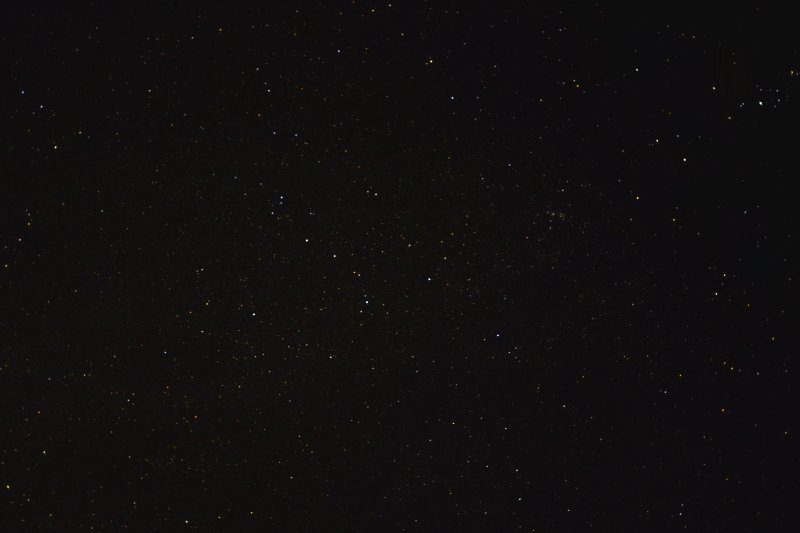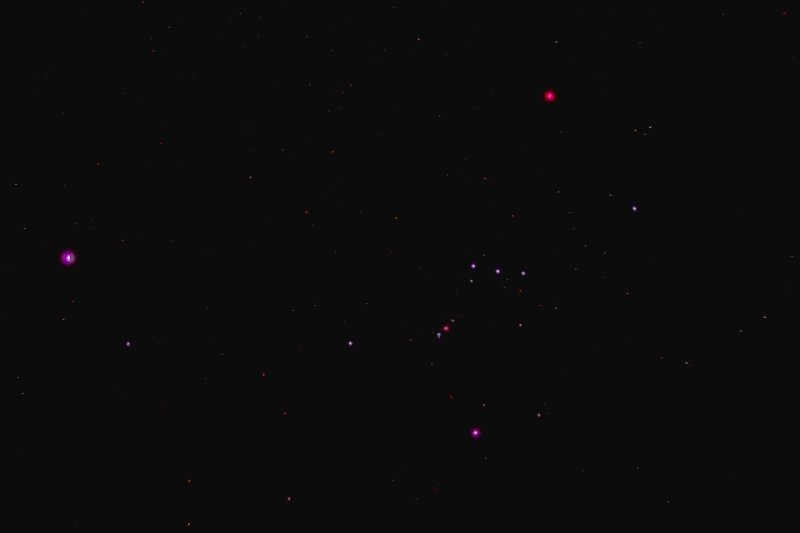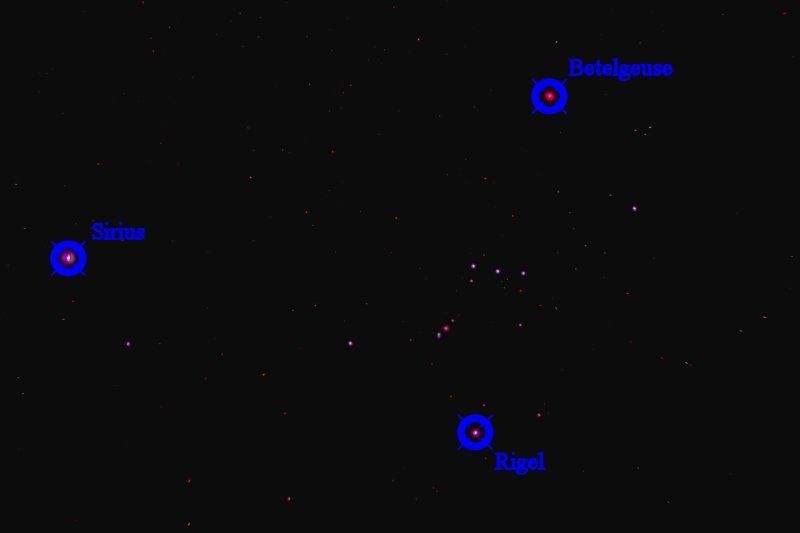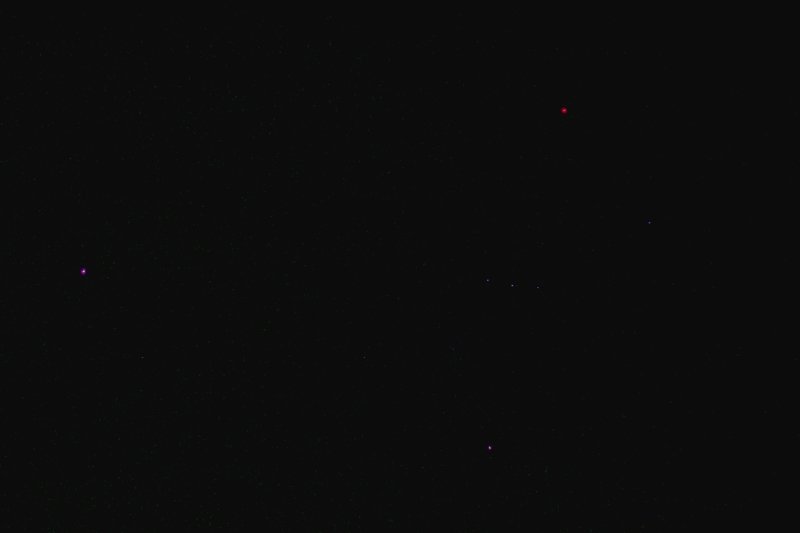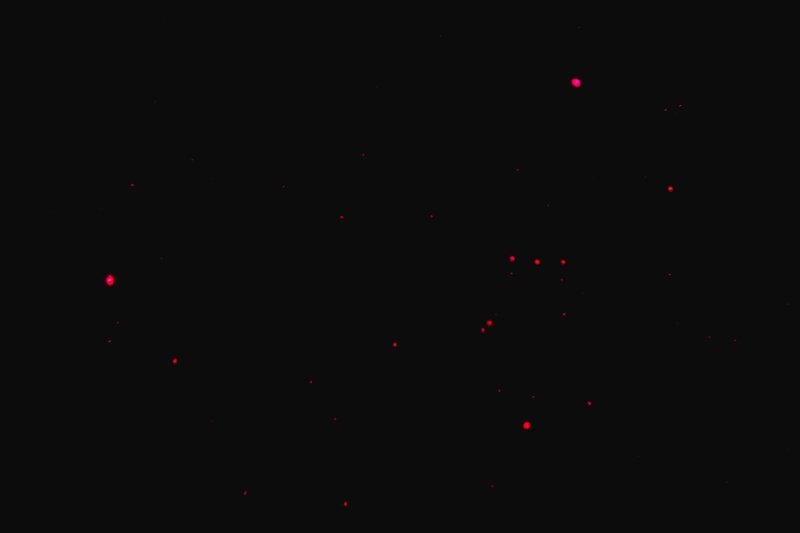Steaphany
Well-Known Member
I found Gold !!!
Curious about the photographer's work behind the March 6th Moon/Venus conjunction image on NASA's Astronomy Photo Of the Day web site, I checked out his web site, the link is on the APOD page below the image and I'll repeat it here:
Ancient Starlight
On Drew Sullivan's Technical page, I became curious about the software that he used to make the manipulations correcting for internal optical reflections for his Pleiades image. I've noted problems with my stacked star field images shot through my SD14, where I get an imager induced artifact, the bright triangular blooming phenomenon associated with the brighter stars, and I'm sure his technique would eliminate this.
I emailed Drew and he just sent me a reply, pointing me to a software package published by William-Bell, Inc.
"Handbook of Astronomical Image Processing" by Richard Berry and James Burnell, 6" by 9", 684 pages, Hardbound, with AIP4Win2.0 on CDROM
As described by Dennis Di Cicco, Senior Editor of Sky and Telescope magazine, "It's the finest book to date covering the entire gamut of digital astrophotography. It should be mandatory reading for those shooting digital pictures of the Moon, planets, or deep-sky objects regardless of what camera or software they use."
William-Bell, Inc. specializes in books on astronomy and I have their text "Astronomical Algorithms" by Jean Meeus.
Two aspects that really impressed me was the list of AIP4WIN features spanning 5 pages:
AIP4WIN 2.0 Feature List
and the list of supported Camera formats spanning 3 pages:
Supported Cameras
which includes all three Sigma Cameras, the SD9, SD10, and SD14 !
Curious about the photographer's work behind the March 6th Moon/Venus conjunction image on NASA's Astronomy Photo Of the Day web site, I checked out his web site, the link is on the APOD page below the image and I'll repeat it here:
Ancient Starlight
On Drew Sullivan's Technical page, I became curious about the software that he used to make the manipulations correcting for internal optical reflections for his Pleiades image. I've noted problems with my stacked star field images shot through my SD14, where I get an imager induced artifact, the bright triangular blooming phenomenon associated with the brighter stars, and I'm sure his technique would eliminate this.
I emailed Drew and he just sent me a reply, pointing me to a software package published by William-Bell, Inc.
"Handbook of Astronomical Image Processing" by Richard Berry and James Burnell, 6" by 9", 684 pages, Hardbound, with AIP4Win2.0 on CDROM
As described by Dennis Di Cicco, Senior Editor of Sky and Telescope magazine, "It's the finest book to date covering the entire gamut of digital astrophotography. It should be mandatory reading for those shooting digital pictures of the Moon, planets, or deep-sky objects regardless of what camera or software they use."
William-Bell, Inc. specializes in books on astronomy and I have their text "Astronomical Algorithms" by Jean Meeus.
Two aspects that really impressed me was the list of AIP4WIN features spanning 5 pages:
AIP4WIN 2.0 Feature List
and the list of supported Camera formats spanning 3 pages:
Supported Cameras
which includes all three Sigma Cameras, the SD9, SD10, and SD14 !
